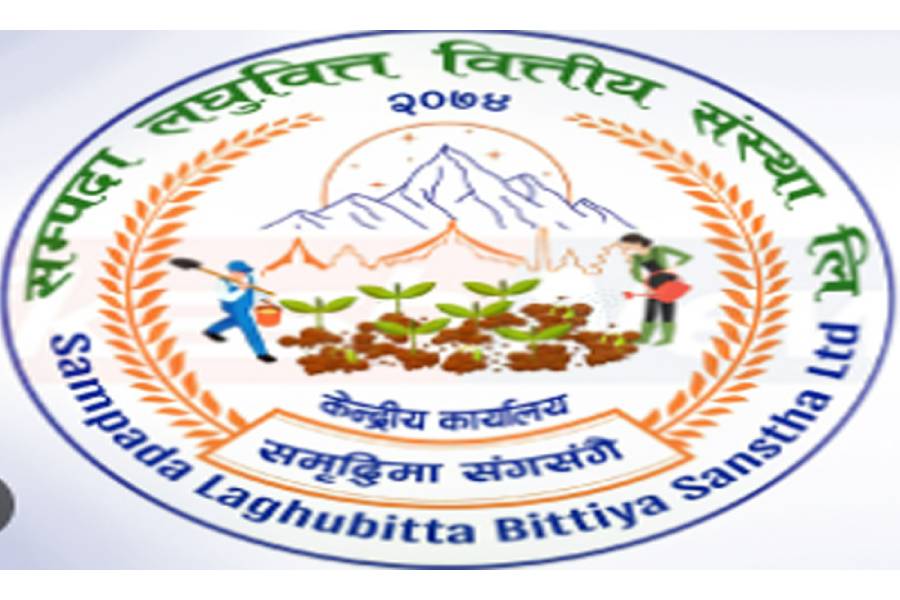Manang. Yarsagumba collection has begun in Manang. Along with Manang, people from Lamjung, Gorkha, Dhading and other districts have come here to collect Yarsagumba.
In accordance with the Conservation Area Management Regulations 2053, Conservation Management Directive 2056, the Yarsagumba Management (Collection and Transportation) Directive 2080 in National Parks, Reservations and Buffer Zones in the Himalayan Region, and other prevailing laws, permission has been sought from the Annapurna Conservation Area Project Area Conservation Office to collect Yarsagumba and other herbs.
Only after permission is received, the Conservation Management Committee issues collection certificates to the collectors within their area.
In the forest areas of the conservation areas within all local levels of the district Dhak Bahadur Bhujel, head of the Annapurna Conservation Area Project (ACAP) Area Conservation Office, informed that the concerned Conservation Management Committee will give permission for collecting Yarsagumba and that the permission will be given to citizens outside the district.
The collectors head towards the Himalayan region only after receiving permission for collecting Yarsagumba. Citizens within the district are allowed to collect Yarsagumba in the Narpabhumika Lake, while citizens from outside the district are not allowed.
He said, ‘Since it is remote, Yarsagumba collection has not been allowed in Narpabhumika considering the security challenges. Permission has been given for Yarsagumba collection at other local levels.’
There is a provision that one can go to the lake only after the Conservation Area Management Committee, coordinated by the Ekap Area Office, Manang, grants permission for Yarsagumba collection. Locals as well as people from outside the district are allowed to collect Yarsagumba at Namgya Lake.
Chief District Officer Matrika Acharya said that security arrangements have been tightened as soon as the Yarsagumba collection season begins in the district. She said that precautions have been taken to prevent any untoward incident, keeping in mind the security risks.
Yad Ghale, Chairman of the Conservation Area Management Committee and Ward Chairman of Nason-8, informed that the collection of Yarsagumba has started from Namgya Lake in Tachai, Nason Rural Municipality-8. The appropriate time to collect Yarsagumba is from April to mid-June.
Konjo Tenzing Lama, Chairman of Narpabhumi Rural Municipality, said that although Yarsagumba is currently being collected, collectors from outside the district have not been allowed. He said, ‘Due to security challenges, we have stopped Yarsagumba collectors from outside the district. We have been allowing only locals to collect.’
He said that collectors coming from other districts in Nar and Phu have been banned from collecting Yarsagumba. Since Nar and Phu in Narpa land are both protected and prohibited areas, this decision has been taken to prevent a situation like the past from the point of view of security. Yarsagumba is collected only from Baisakh in other Himalayan parts of the district and from Jestha in Narpa land.
The Conservation Area Management Committee has been charging a fee of Rs 20,000 per person for those from the district and Rs 40,000 per person for buyers from outside the district. Permission is granted to collect after cutting the paper.
Only after cutting the paper for Rs 35,000, the committee allows collectors from local and external districts to easily go to the lake. In Manang, which has four local levels, Yarsagumba is found in all but Dharapani and Thoncheh.
Yarsagumba is found in large quantities in Manang’s Namgye Lake, Kincho Lake, Yak Lake, Pisang Lake, Phu Lake, Manang Lake, Ice Lake, Syakyu Lake, Thorangla Lake and other areas.





























प्रतिक्रिया दिनुहोस्